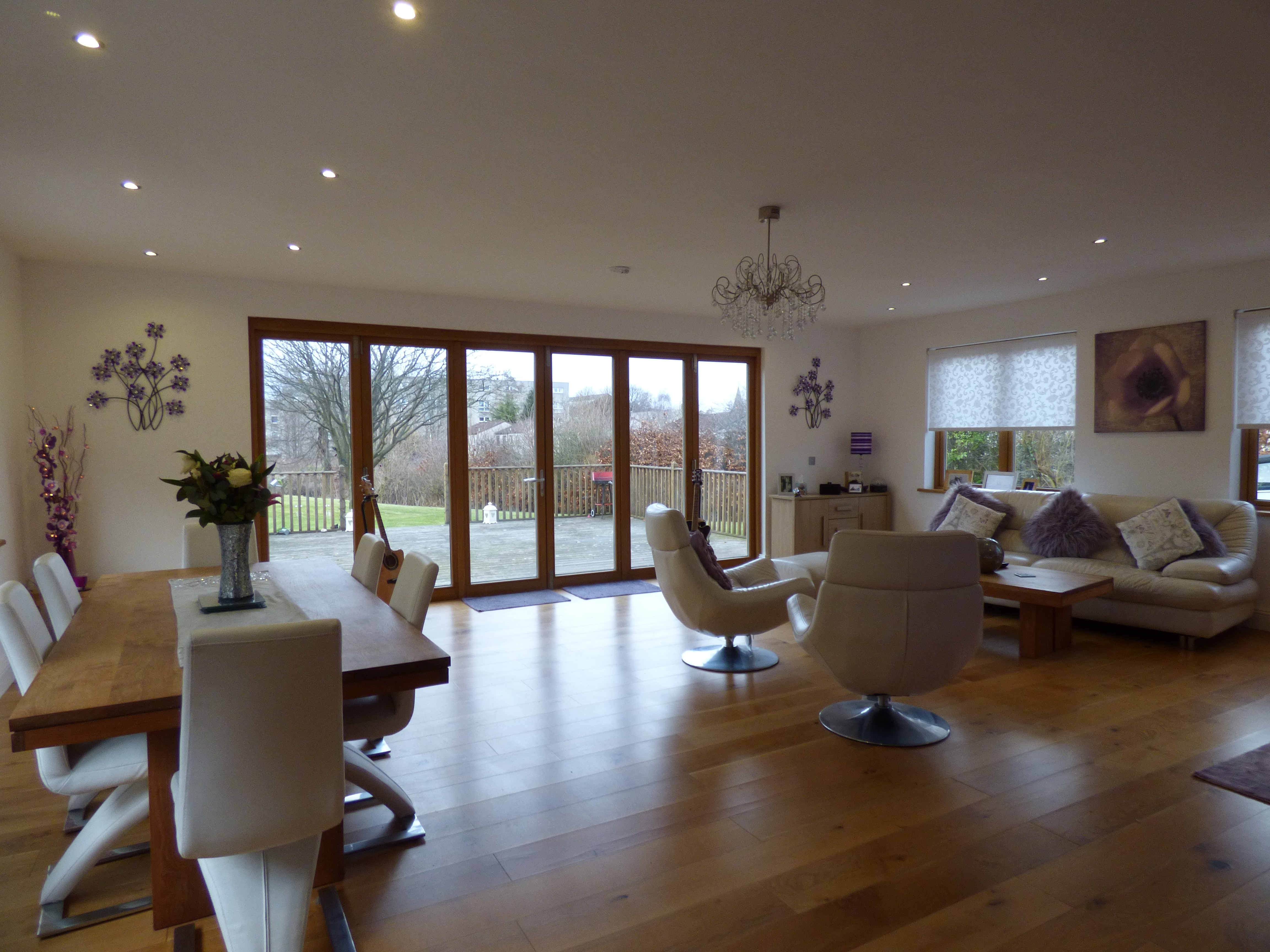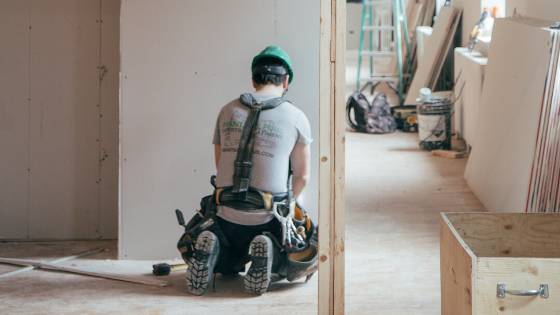When doing a Vancouver home renovation in hopes of adding value to your property, conventional wisdom suggests that you should focus on the kitchen and bathroom. These are positioned as functional rooms that add value, while living rooms and dining rooms are treated as “decorative rooms” that are not worth investing in.
How to add value through a Vancouver home renovation of your living room and dining room
1. Flooring
Flooring can be a simple way to add value, with hardwood being considered more valuable. If you are going to use hardwood, though, make sure that you have the right climate for it. That climate is one where the humidity stays steady pretty much year round. No matter what flooring you use for your Vancouver home renovation, you want to go for a quality product. That means going for solid hardwood whenever possible. If you want a hardwood look for your basement, however, opt for an engineered hardwood or other materials that offer hardwood prints as there is too much moisture for solid hardwood.
2. Hardware
Hardware are always thought of in relation to bathrooms and kitchens, but they are often overlooked when it comes to living rooms and dining rooms. But if you are looking to add value through your Vancouver home renovation, hardware is key. Replace any old switches, handles, and door knobs with stylish new hardware.
3. Layout
Older houses tend to have a number of smaller rooms. Open concept designs, however, are more desirable now. One of the best ways to add value to an older home is to tear down interior walls to create an open concept kitchen, dining room, and living room. Just make sure you have a professional team you trust do an inspection to ensure that:
- this is possible
- this is safe
- this is cost effective
If the team approves the layout change, it should make the top of your dining room and living room renovation list.
Be cautious not to remove structural or load-bearing walls. Not only can this affect your home’s structural integrity, it significantly increases the cost of your renovation by triggering the need for additional permits.
4. Lighting
There is a number of types of lighting that can add value to your living room and dining room. The biggest value add comes from excellent natural light. In order to achieve this, consider adding large windows if you do not already have them. Moving to an open-concept floor plan will also help with the natural light.
In the dining room, we suggest a nice chandelier or wall sconces, bringing a sophisticated feel.
The focus in the living room should be in offering a variety of lighting levels. Spread a number of different types of lights with different light levels around the room, allowing the ability to create a number of ambiences. This could mean floor lighting, for example.
5. Architectural elements
Details matter when it comes to living rooms and dining rooms. Making sure the architectural elements are up-to-date and sophisticated will make the home feel more high-end, adding to its value. Working with a limited budget? You do not have to spend a fortune to create a sophisticated look. Consider options like crown moulding and faux wall panels to get the look for less.
One element you should avoid when doing a Vancouver home renovation to add value to your living room and dining room
There is one element many people think will add value to their living room and dining room, but it often does not… this is a fireplace. If there is not a fireplace in your home, there is no point in putting one in to add value. Should you already have a fireplace, however, it will add value to update it during your Vancouver home renovation.
Still planning your Vancouver home renovation? Here are seven flooring trends that are worth a look. Staying on trend with a classic twist will help keep your property feeling up-to-date and cool. The only problem? With all these renovations, you may never want to leave your home!





